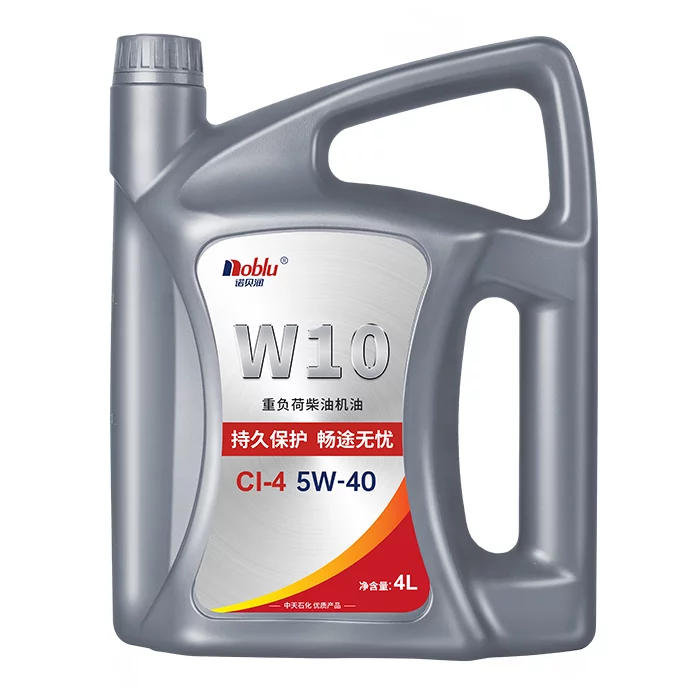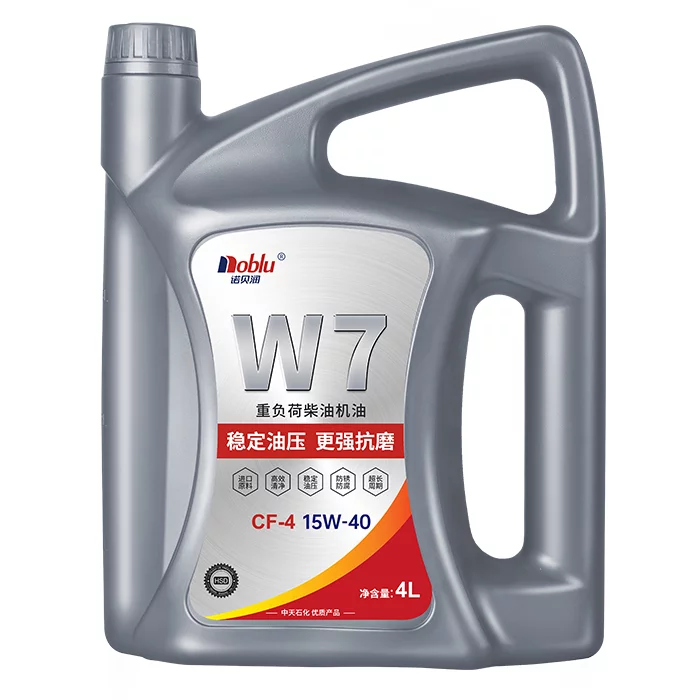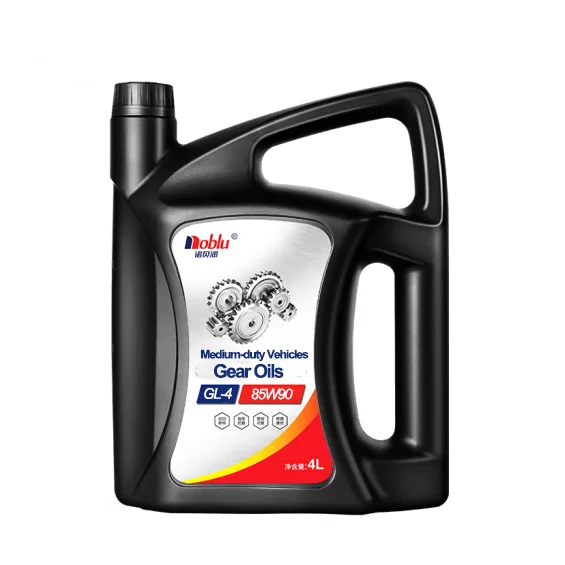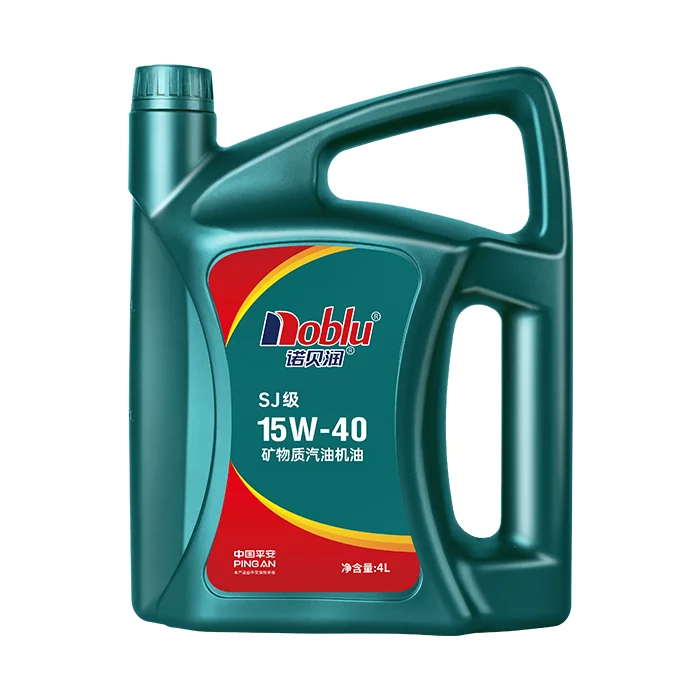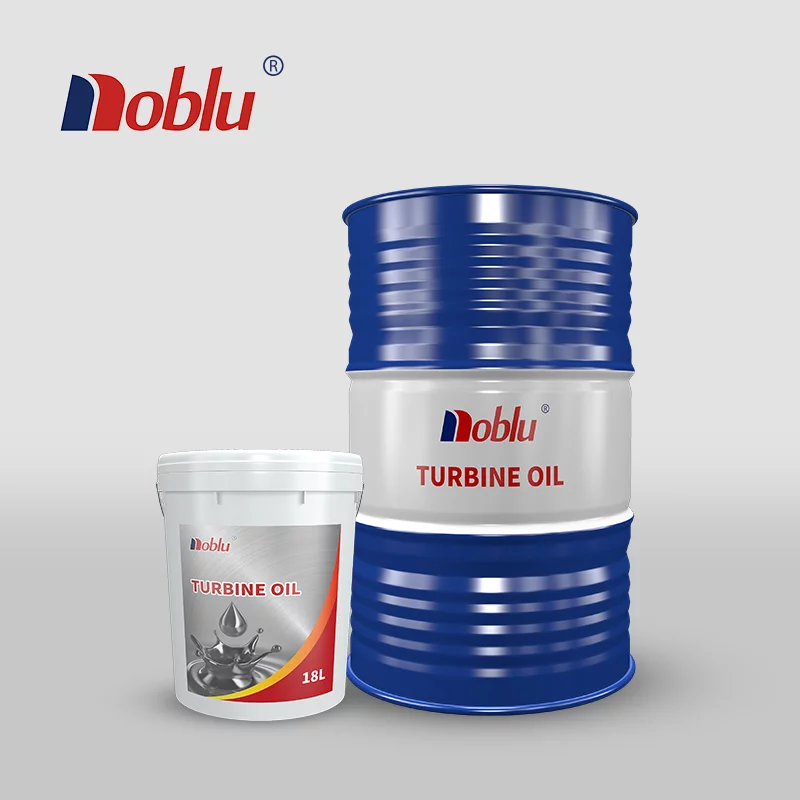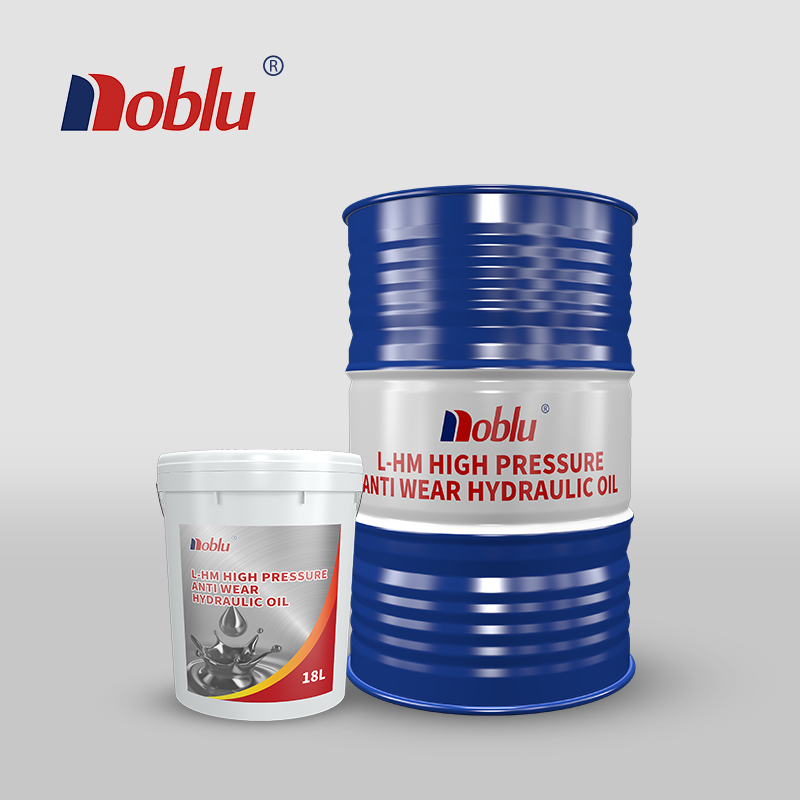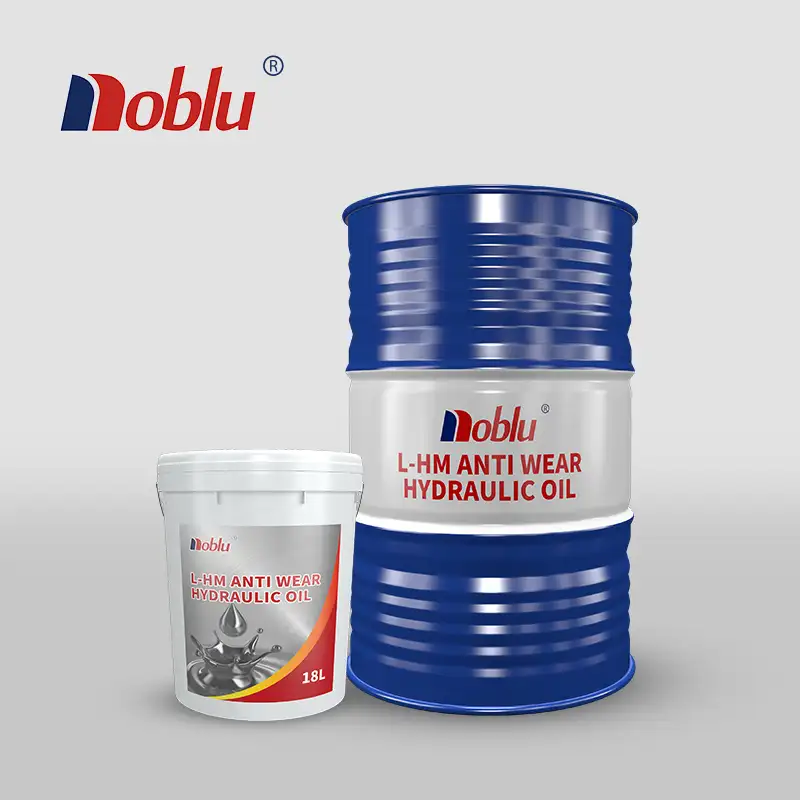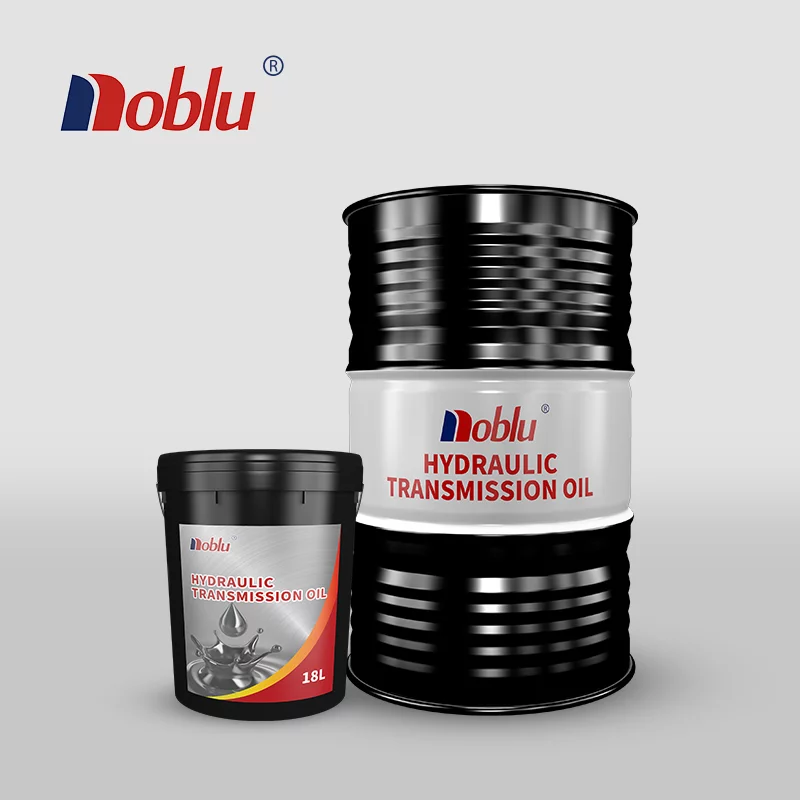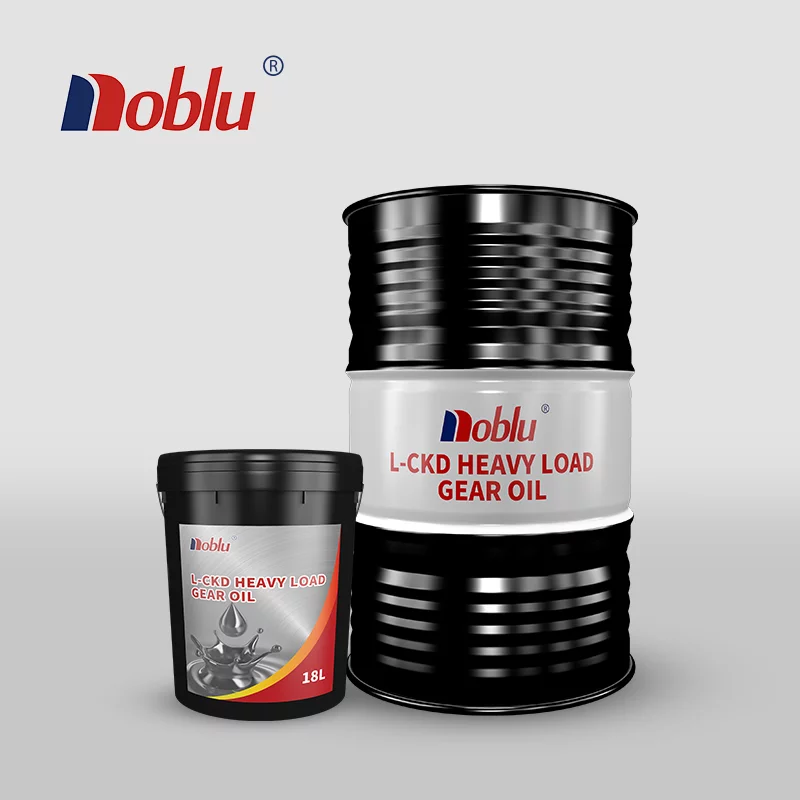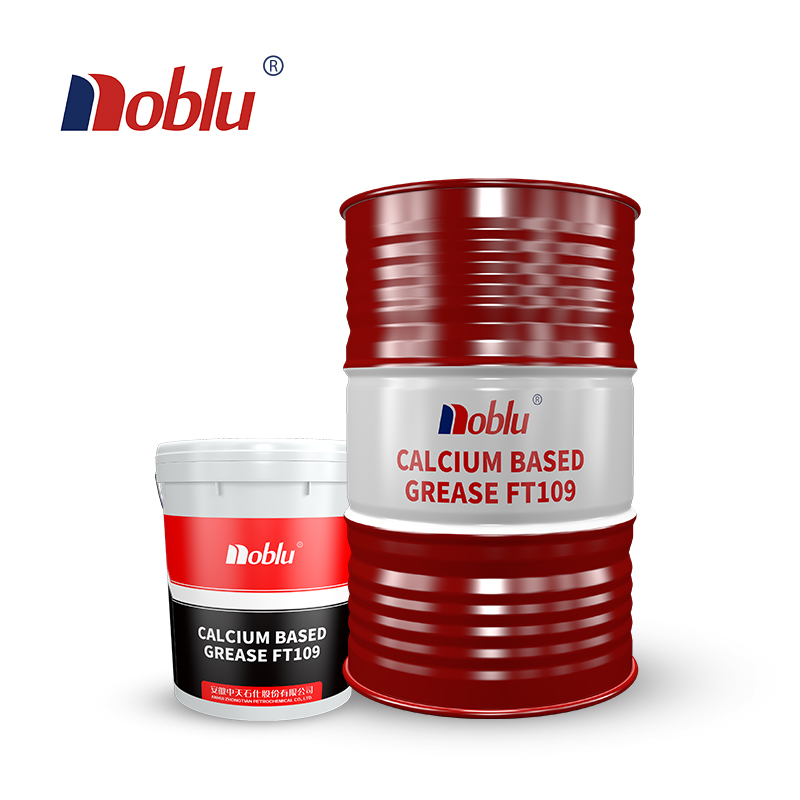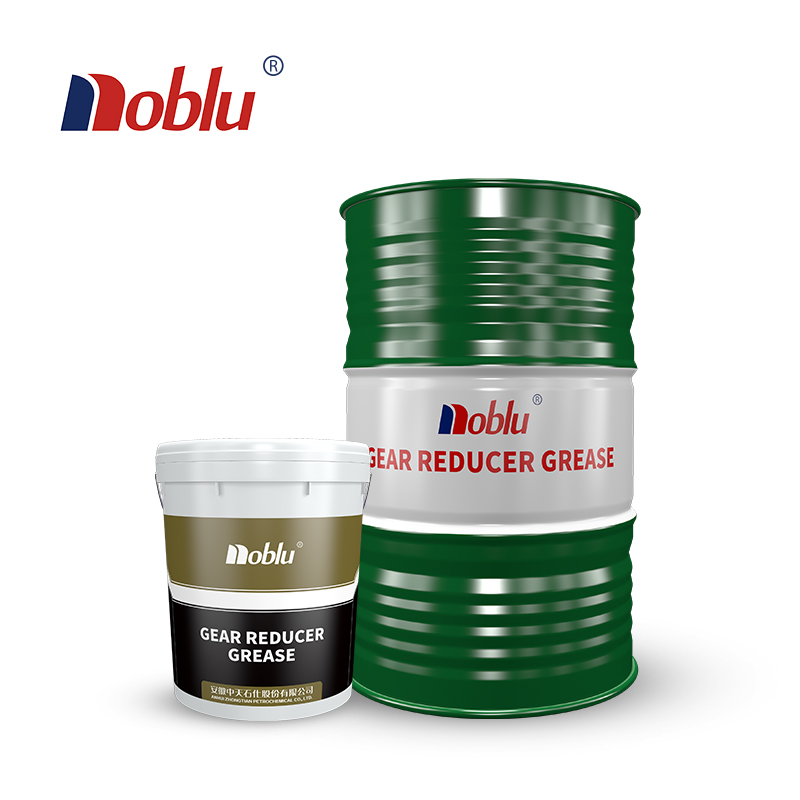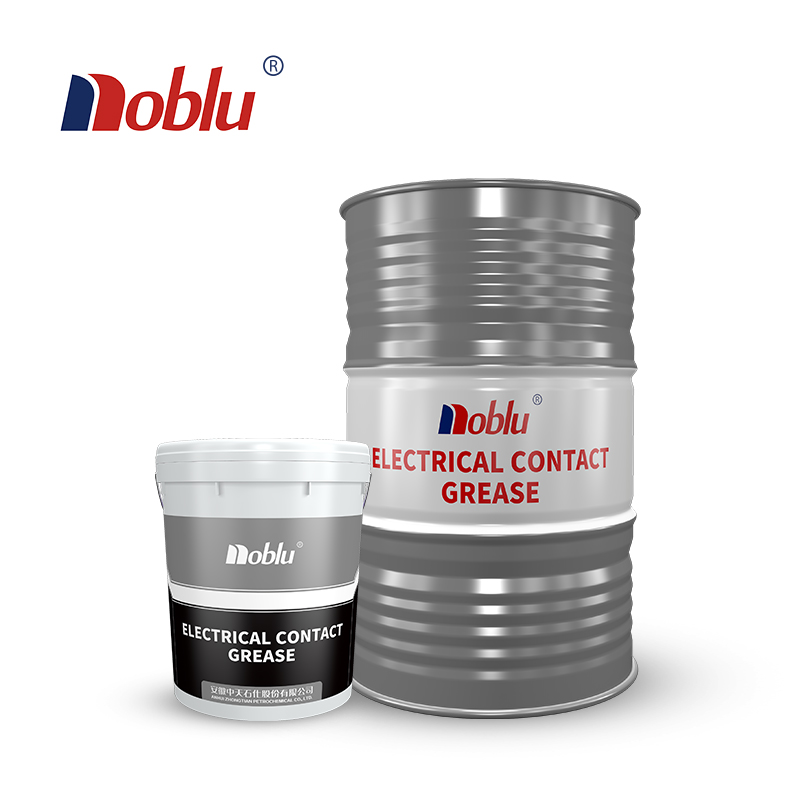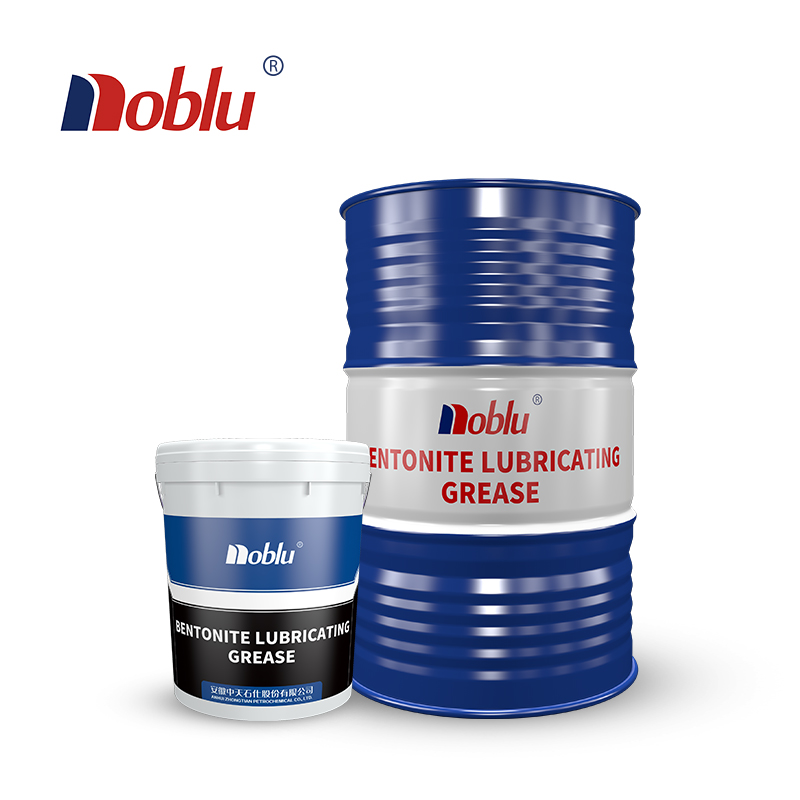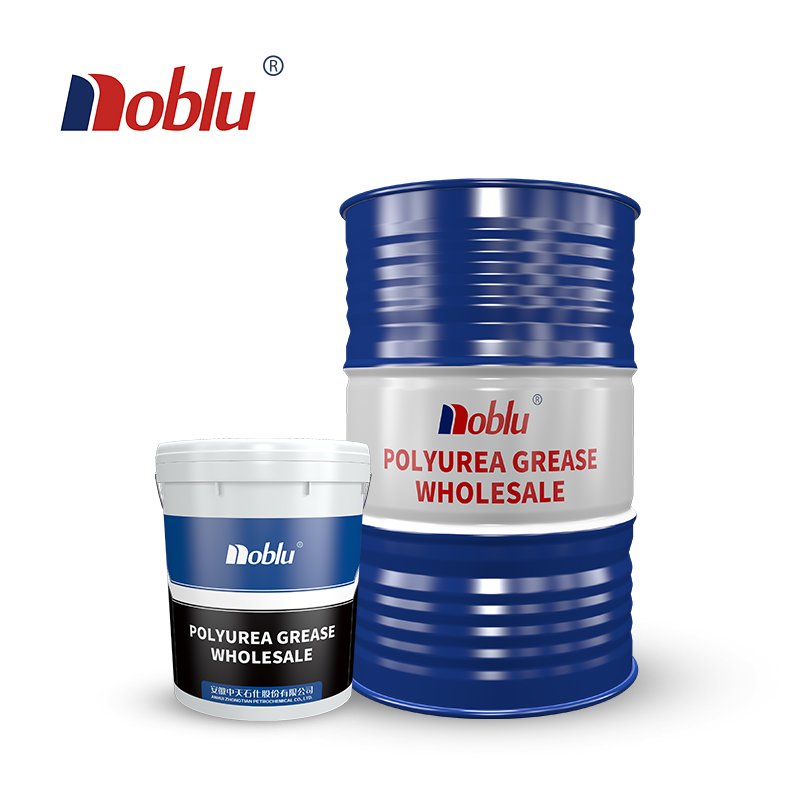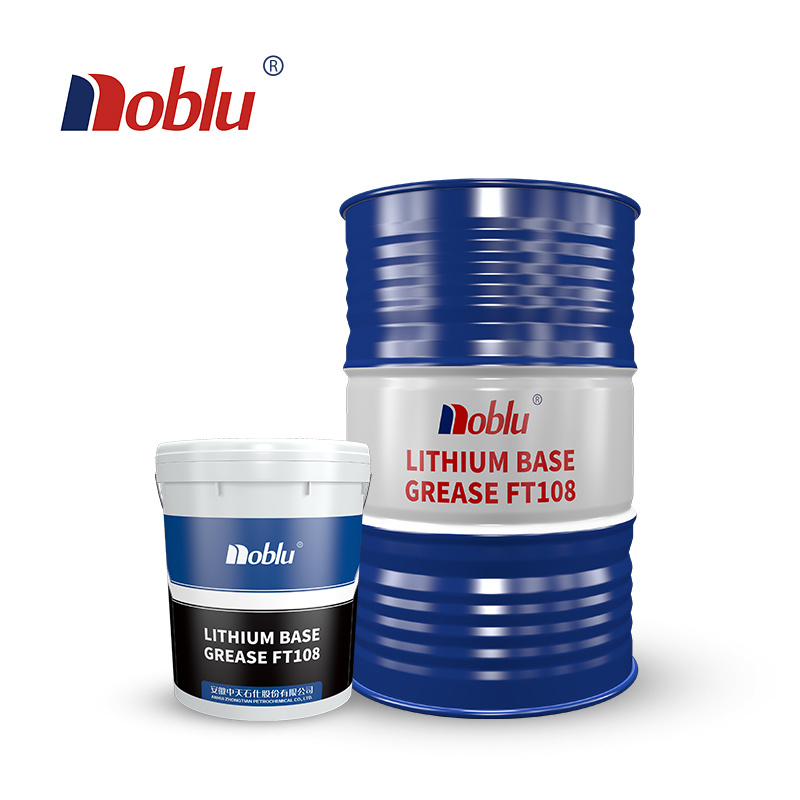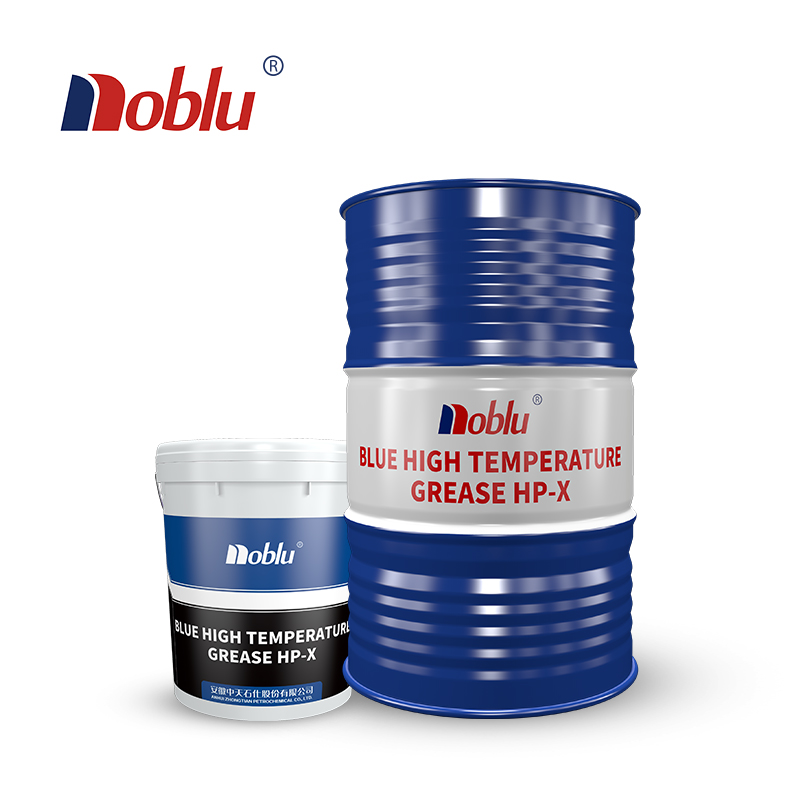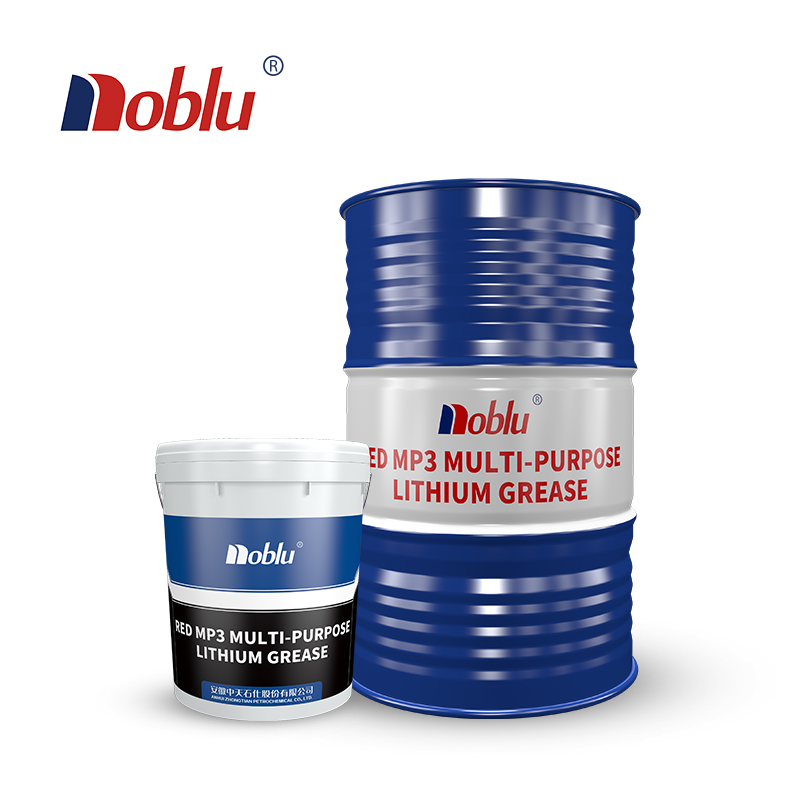Industrial and automotive lubricants: core protection for the industrial and automotive sectors
In the industrial sector, lubricants are key to ensuring the efficient operation of a wide range of mechanical equipment such as compressors, pumps, gearboxes, bearings and hydraulic systems. They provide comprehensive protection for industrial equipment by reducing friction, preventing wear and tear, cooling components and preventing corrosion. Industrial lubricants are often characterized by high-temperature stability, oxidation resistance, rust protection and clean dispersion to meet the demands of complex and changing industrial environments.
In the automotive field, lubricants also play a vital role. Automotive lubricants such as engine oils, transmission fluids, steering fluids and brake fluids provide lubrication, cooling and cleaning for key automotive components. Engine oil, as the most common automotive lubricant, not only lubricates the internal moving parts of the engine to minimize friction and wear, but also helps to cool the engine and remove deposits to ensure the stable operation of the car engine.
Classification and Characteristics of Industrial Automotive Lubricants
According to the different base oils and additives, industrial automobile lubricants can be divided into three categories: mineral oil, synthetic oil and semi-synthetic oil.
- Mineral oil: obtained from petroleum refining, is the base oil of traditional lubricants. It has good lubricating performance and cost-effectiveness, and is suitable for a wide range of industrial equipment and automobile parts.
- Synthetic oils: are produced by chemical synthesis and offer superior performance. Synthetic oils have a higher viscosity index, lower pour point and better oxidative stability to maintain stable lubrication under extreme operating conditions.
- Semi-synthetic oils: A mixture of mineral and synthetic oils, combining the advantages of both. It offers the cost-effectiveness of mineral oils and the performance of synthetic oils, making it the preferred choice of many industrial and automotive manufacturers.
Considerations for Selecting and Using Industrial Automotive Lubricants
When selecting and using industrial automotive lubricants, the following factors need to be considered:
- Equipment compatibility: Ensure that the selected lubricant matches the equipment manufacturer's recommendations and specifications to avoid equipment failure and performance degradation.
- Performance Requirements: Select the appropriate lubricant based on the operating conditions and performance requirements of the equipment. For example, in high-temperature environments, select a lubricant with high-temperature stability; on equipment that requires extended operation, select a long-life lubricant.
- Replacement intervals: Regular lubricant replacement is critical to maintaining optimum equipment performance. Follow the equipment manufacturer's replacement guidelines to ensure that the lubricant is always in top condition.
- Storage and Disposal: Properly store and dispose of used lubricants to prevent environmental contamination. Follow local environmental regulations and choose a professional used oil recycling and disposal service.
Environmental Protection and Efficiency: Future Trends in the Industrial Automotive Lubricants Industry
The industrial automotive lubricant industry is moving toward greener, more efficient lubricants as environmental awareness increases and environmental regulations become more stringent. Many manufacturers are actively developing low-viscosity, long-life and biodegradable lubricant products to reduce energy consumption and environmental pollution.
At the same time, manufacturers are innovating and evolving to meet the market demand for high-performance lubricants. By improving the formulation of base oils and additives, the performance of lubricants is enhanced; through the application of digital technology and intelligent monitoring systems, precise management and predictive maintenance of lubricants are realized. These innovations not only enhance the operational efficiency and service life of equipment, but also lay a solid foundation for the sustainable development of the industrial automotive lubricant industry.
The purpose of this paper is to introduce the basic concepts, classification and characteristics, selection and usage considerations, and future trends of industrial automotive lubricants. By visiting web you can learn more about industrial automotive lubricants and select a quality product that suits your needs.




